Here’s what you need to know:
What is it?
It is a traffic restrictions scheme aimed at reducing emissions and therefore pollution levels within the urban centre of Barcelona by blocking high polluting vehicles except those belonging to residents living within the zone.
It is predicted to affect 85,000 cars and 30,000 motorbikes by reducing traffic by 15 percent that will see more people choosing to use public transport.
The Metropolitan Transit Authority (ATM) in the Catalan capital estimates that there will be a total of 170,000 extra journeys on buses and trains each day.
Where is it?
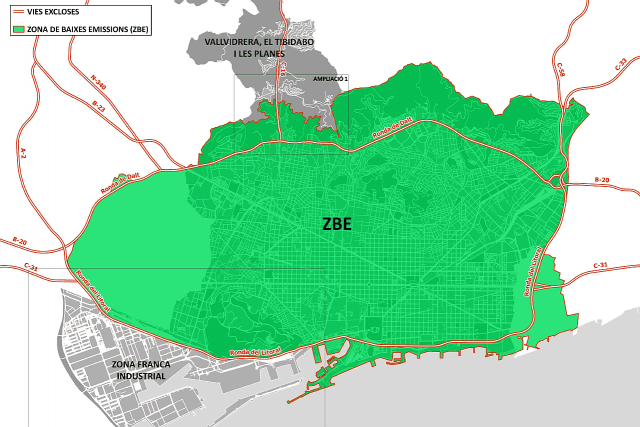
Photo: AMB/ Cat
It affects an area measuring 95 km2 covering the entire municipal area of Barcelona (excluding trading estates of Zona Franca, Viallvidrera, Tibidavo and Les Planes) as well as the surrounding areas of L ' Hospitalet de Llobregat, Cornellà de Llobregat, Esplugues de Llobregat and Sant Adrià Besòs.
READ ALSO: How to save money on your Spanish electricity bill in 2020
What vehicles are affected?
Residents with cars registered within the restricted zone are exempt, as are those who drive vehicles with low emissions represented by DGT environmental stickers.
DGT environmental labels

The DGT (Dirección General de Tráfico – General Direction of Traffic) introduced environmental labelling for cars in 2016 which classified vehicles depending on their environmental impact.
This was designed to make it easier for authorities to restrict the worst polluting traffic during environmental alerts.
The labels will now determine who can access ZBE and how.
It affects diesel cars made before 2006 and petrol vehicles made before 2000, as well as motorcycles made before 2003.
Depending on its pollution level, a vehicle can be labelled, from more to less environmentally friendly, as 0, Eco, C, B, all of which are allowed access to ZBE.
Those cars not eligible for a sticker are classified as A and have an outright ban (unless they are registered to residents).
Check the DGT website to find out the classification of your vehicle just by introducing the license plate number.
When are the restrictions?
The ZBE is in place between the hours of 7am and 8pm on working days which means you can still drive into the city at weekends, bank holidays and out of hours during the night.
How is it controlled?
The first 36 fixed cameras have been installed across the restriction zone clocking license plates and cross-checking on the DGT and Barcelona City Hall database as to whether they have the correct DGT energy sticker or residence permit to drive within the zone.
Those caught on camera who are not on the database will be sent a penalty notice.
How to recognise the BZE zone:
New signs have been placed across the city to designate the BZE area and they aren’t easy to miss.
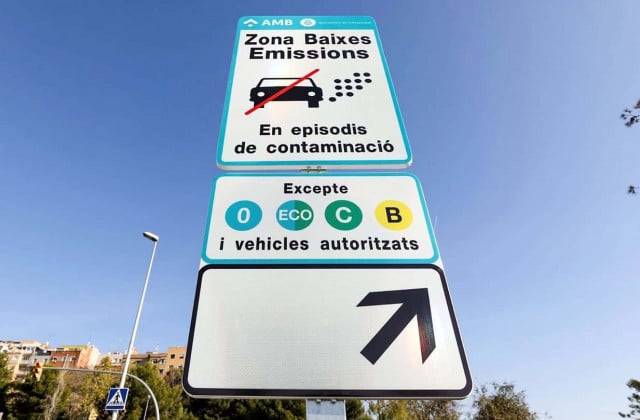
Photo: AMB/ Cat
Fines
Fines will range from between €100 to €500 depending on the severity of the infraction and will be reduced with quick payment but they won't be issued during the first three months the restrictions are in place. Until April 1st those who enter the ZBE without permission will be sent a warning letter but after April 1st penalty notices will be issued.
Can those without resident permits still drive into Barcelona?
If you have a low emissions car then yes, but those visitors who drive polluting cars can apply for up to ten permits annually to enter the zone, each one has a cost of €2.
In the case of a medical emergency that requires driving an authorised car within the restricted zone without applying for a permit in advance, drivers must make an application within 3 days of being in the zone.
Exemptions are also offered to those with reduced mobility.
What do you need to do?
If you are registered as a resident (empadronado) in the ZBE zone and the car is in your name, there is nothing to worry about. However, you will need to get a permit if you want to enter with a rental car.
All the information you need can be found on Barcelona City Hall's website.
Won’t this put pressure on Barcelona’s public transport system?
With so many extra users there is a fear that the already overcrowded public transport system won’t be able to cope. But the ATM has been working on improving services in the run up to the launch of ZBe by adding new stations and bus lines and improving cycle routes as well as introducing “park and ride” services into the city.
But not all are fully operational yet.
Woudn't a congestion charge be better?

Photo: AFP
Barcelona's far-left mayor Ada Colau (above) has raised the possibility of introducing a congestion charge like those in place in other European cities such as London, Stockholm and Milan.
Barcelona has since 2002 exceeded the level of airborne carbon dioxide set by the European Union, according to a 2017 report by the city public health department.
The city's poor air quality caused a yearly average of 424 premature deaths between 2010 and 2017, the report said.
Last year Brussels asked the European Union's Court of Justice to take action against Spain for its “systemic violations” of rules limiting nitrogen dioxide emissions.
READ ALSO: How Barcelona residents are scrapping their cars for a free public transport public card
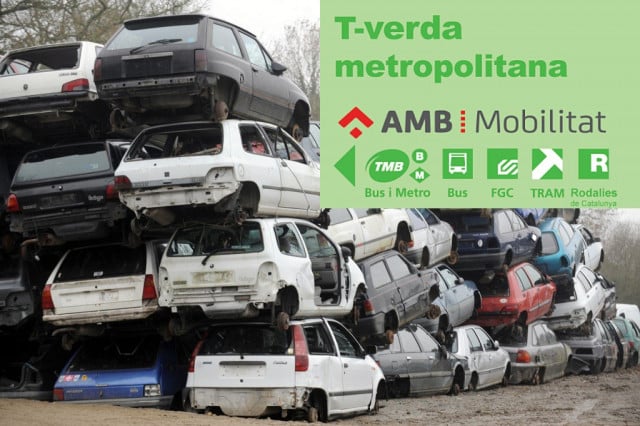

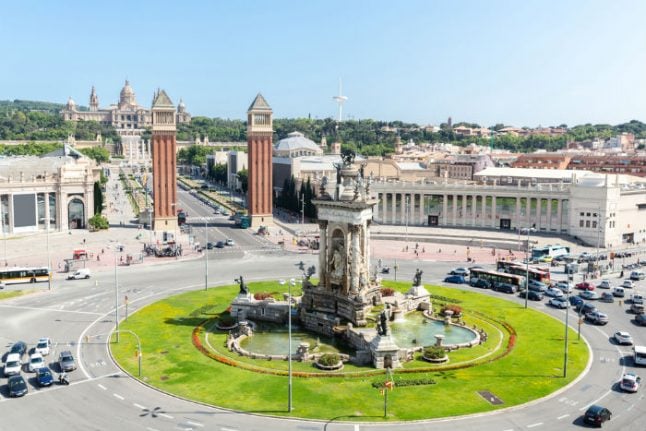
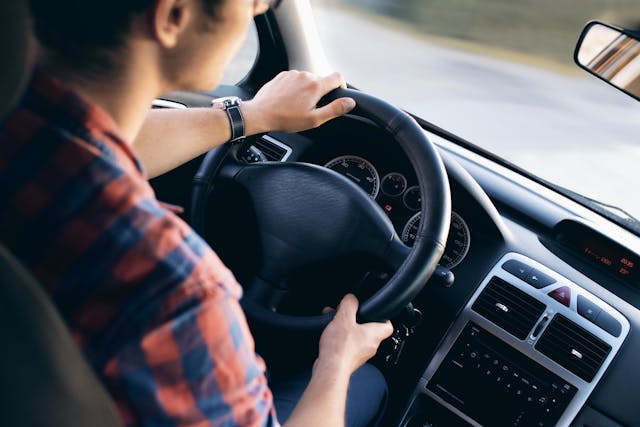
 Please whitelist us to continue reading.
Please whitelist us to continue reading.
Member comments